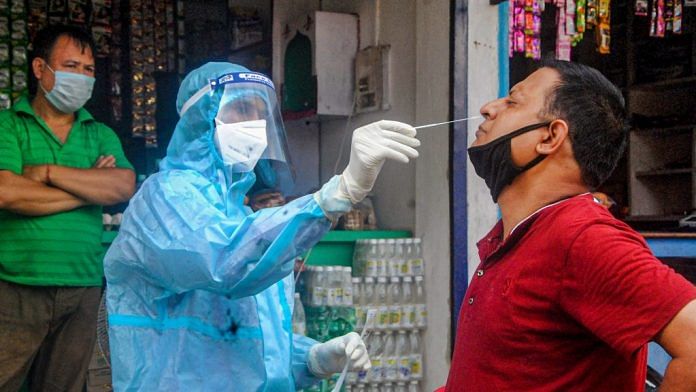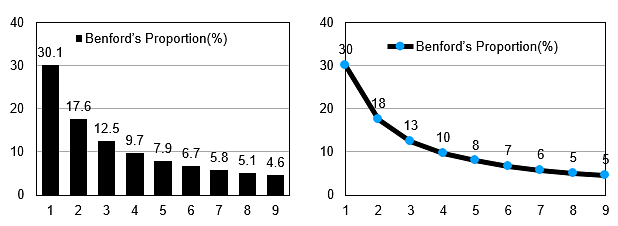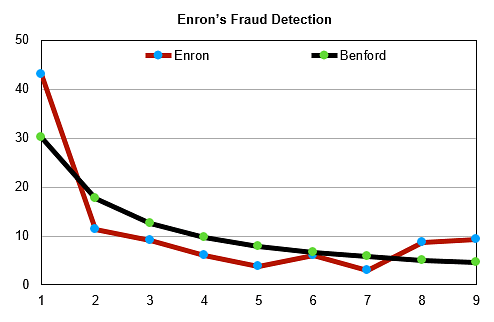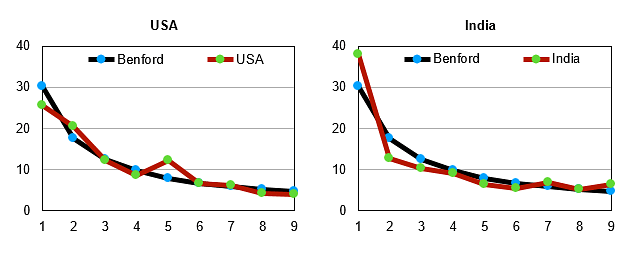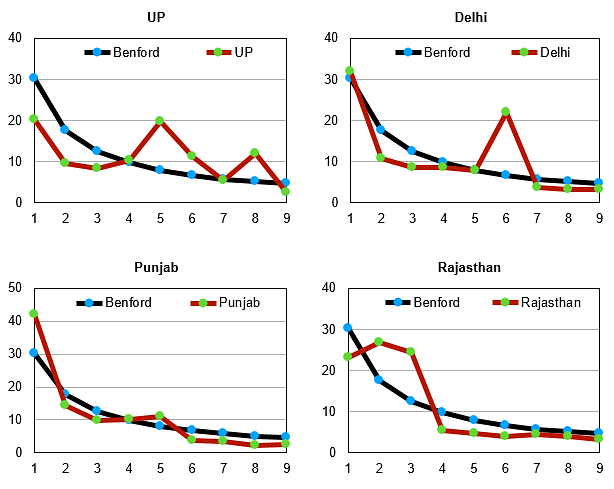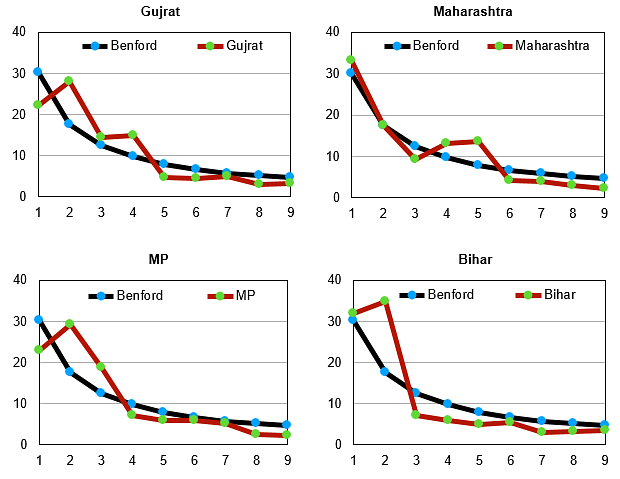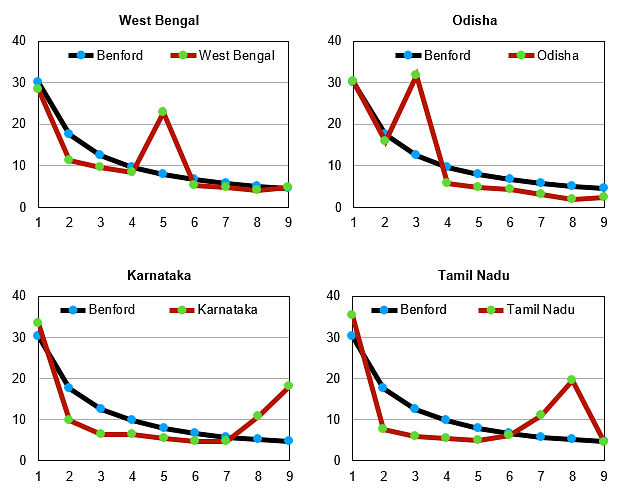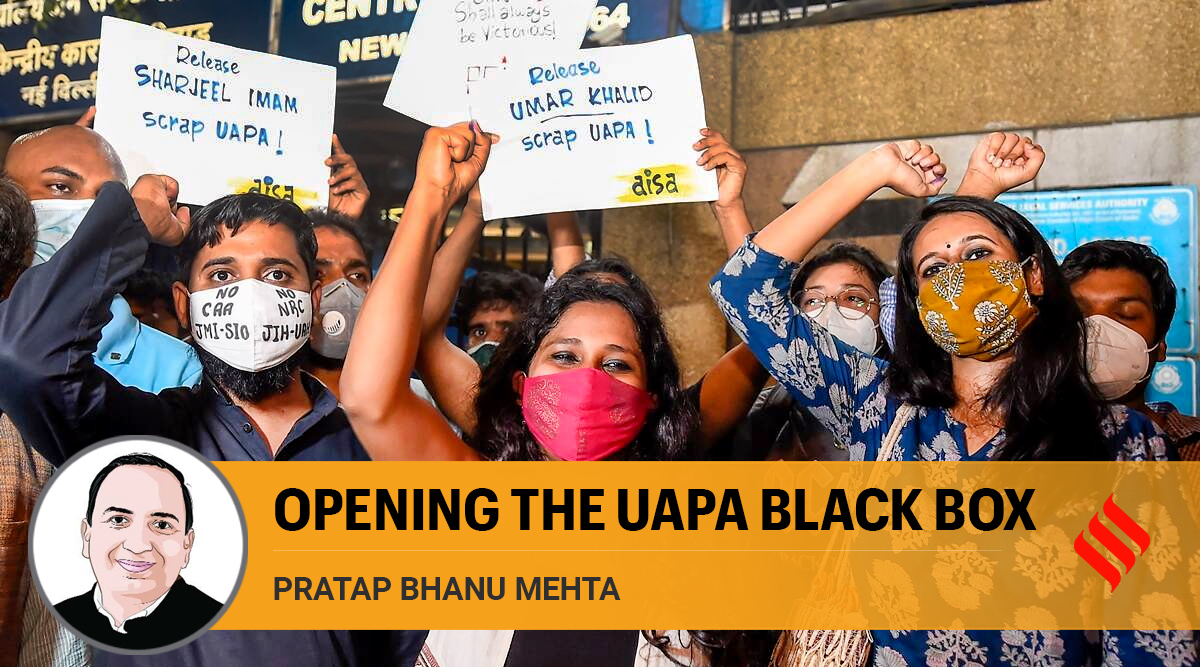
Student activists Natasha Narwal, Devangana Kalita and Asif Iqbal Tanha outside Tihar prison, after a court ordered their immediate release in the north-east Delhi riots "conspiracy" case, in New Delhi, Thursday, June 17, 2021. (PTI Photo)
The orders passed by Justices Siddharth Mridul and Anup J Bhambhani, granting bail to Asif Tanha, Devangana Kalita, and Natasha Narwal, have opened up the black box of the UAPA (Unlawful Activities Prevention Act) jurisprudence. The UAPA had become the black box of Indian jurisprudence for a number of reasons. First, as the orders note, the definition of “terrorism” in Section 15 of the UAPA is vague, and has been used as a licence to classify all kinds of infractions as terrorist. This order will put more spotlight on how individuals are charged under the provisions of the UAPA.
It requires that the state show why the alleged crimes or infractions should not be dealt with by laws dealing with conventional offences under the IPC or other relevant laws. It also helpfully points out that a simple law-and-order problem in a state should not be equated with a terrorist problem. By making a clear distinction that the former is a state subject, and the latter a Union subject under lists one and two, the order, potentially, also has implications for federalism in matters of law enforcement.
Second, it lays down at least a general standard for when a case might be made for being charged under the UAPA. In particular, this order insists that the allegations made against the accused must be backed up by facts, must pertain to acts undertaken by them as individuals, and must be specifically framed. This goes counter to the recent trend where sometimes chargesheets rely as much on speculation as fact, invoke circumstantial considerations about the broad political context rather than acts committed by individuals, and are framed vaguely.
Third, this order opens up the important issue of bail. The UAPA, broadly interpreted, can be a Kafkaesque law when it comes to bail. It prohibits granting bail if there are reasonable grounds for believing that the prosecution’s case might be prima facie true. The problem with this is that often the prosecution’s version was accepted without serious cross-examination. But the Supreme Court had put the defendants in an even more Catch-22 situation, by effectively prohibiting courts from engaging in a substantial examination of the merits of a case during the bail hearings. This order reiterates the fact that courts still have a lot of room to subject the government’s case to scrutiny even in bail hearings. They can examine, as this order has done, how the law has been applied, and they can even look into evidentiary questions. There is a little bit of a conceptual challenge here, though. The court rightly looked into the nature of the evidence presented by the state in this case, and effectively demolished it. Based on the considerations put forward in these orders, it is difficult to imagine another court being able to uphold the state’s case for prosecution.
The question is, if a higher court hears a bail hearing, how can its orders be crafted in a way that does not prejudge the outcome of a full-blown trial. In this case, the charges and evidence were patently absurd. It is difficult to see how the court could have come to any other conclusion. But when higher courts hear bail hearings and grant relief based on the demolition of the prosecution’s case, what implications does it have for a full trial? This case gives a good prudential reason for the state not to oppose bail in many circumstances precisely for this reason: Opposing bail opens up the case to greater scrutiny without the context of a full trial. This is an interesting conceptual issue.
This order is also a welcome effort to prevent our civil liberties from being swallowed up by the black hole of state power. The UAPA is also a problematic law because it attacks the presumption of innocence. The Supreme Court is becoming wobbly on as fundamental a right as habeas corpus, the state is construing the expression of thought as a crime, ordinary protest is being suppressed or criminalised, bail is being routinely denied, and the state is actively targeting dissenters. In this context, the reiteration of some common sense principles is very welcome: It provides some relief and hope for constitutional wisdom to prevail. Hopefully, it will empower more judges to do their duty.
The orders passed by Justices Siddharth Mridul and Anup J Bhambhani, granting bail to Asif Tanha, Devangana Kalita, and Natasha Narwal, have opened up the black box of the UAPA (Unlawful Activities Prevention Act) jurisprudence. The UAPA had become the black box of Indian jurisprudence for a number of reasons. First, as the orders note, the definition of “terrorism” in Section 15 of the UAPA is vague, and has been used as a licence to classify all kinds of infractions as terrorist. This order will put more spotlight on how individuals are charged under the provisions of the UAPA.
It requires that the state show why the alleged crimes or infractions should not be dealt with by laws dealing with conventional offences under the IPC or other relevant laws. It also helpfully points out that a simple law-and-order problem in a state should not be equated with a terrorist problem. By making a clear distinction that the former is a state subject, and the latter a Union subject under lists one and two, the order, potentially, also has implications for federalism in matters of law enforcement.
Second, it lays down at least a general standard for when a case might be made for being charged under the UAPA. In particular, this order insists that the allegations made against the accused must be backed up by facts, must pertain to acts undertaken by them as individuals, and must be specifically framed. This goes counter to the recent trend where sometimes chargesheets rely as much on speculation as fact, invoke circumstantial considerations about the broad political context rather than acts committed by individuals, and are framed vaguely.
Third, this order opens up the important issue of bail. The UAPA, broadly interpreted, can be a Kafkaesque law when it comes to bail. It prohibits granting bail if there are reasonable grounds for believing that the prosecution’s case might be prima facie true. The problem with this is that often the prosecution’s version was accepted without serious cross-examination. But the Supreme Court had put the defendants in an even more Catch-22 situation, by effectively prohibiting courts from engaging in a substantial examination of the merits of a case during the bail hearings. This order reiterates the fact that courts still have a lot of room to subject the government’s case to scrutiny even in bail hearings. They can examine, as this order has done, how the law has been applied, and they can even look into evidentiary questions. There is a little bit of a conceptual challenge here, though. The court rightly looked into the nature of the evidence presented by the state in this case, and effectively demolished it. Based on the considerations put forward in these orders, it is difficult to imagine another court being able to uphold the state’s case for prosecution.
The question is, if a higher court hears a bail hearing, how can its orders be crafted in a way that does not prejudge the outcome of a full-blown trial. In this case, the charges and evidence were patently absurd. It is difficult to see how the court could have come to any other conclusion. But when higher courts hear bail hearings and grant relief based on the demolition of the prosecution’s case, what implications does it have for a full trial? This case gives a good prudential reason for the state not to oppose bail in many circumstances precisely for this reason: Opposing bail opens up the case to greater scrutiny without the context of a full trial. This is an interesting conceptual issue.
This order is also a welcome effort to prevent our civil liberties from being swallowed up by the black hole of state power. The UAPA is also a problematic law because it attacks the presumption of innocence. The Supreme Court is becoming wobbly on as fundamental a right as habeas corpus, the state is construing the expression of thought as a crime, ordinary protest is being suppressed or criminalised, bail is being routinely denied, and the state is actively targeting dissenters. In this context, the reiteration of some common sense principles is very welcome: It provides some relief and hope for constitutional wisdom to prevail. Hopefully, it will empower more judges to do their duty.
But it is premature to be optimistic about the direction of civil liberties in India. It is a matter of great relief that the trial court has finally released the accused. But prior to that, their release was delayed by a day on the grounds that their address had not been verified. If the state could not verify the address of someone they had in their custody for a year, you don’t know whether to laugh or cry. It is almost as if the authorities decided to enact a parody version of their impunity. But there is no escaping this fact. The order is an indictment of the Delhi Police and its masters in the Ministry of Home Affairs. In any civilised democracy, heads would have rolled. Instead, what we will get is an aggressive appeal by the state. We can only hope the Supreme Court will not let the cause of liberty down again.
We also know that landmark orders often have very little effect on the state or the culture of the judiciary. They sometimes work in high-profile cases. Sometimes they are a reflection of conscientious judges doing their duty as these judges seem to have done. But more often than not, they have been a flash in the pan that allow us to hold on to the illusion that the judiciary will at some point dispense justice. Will this order, by the power of its example, have an implication for the travesty of justice being enacted in the Bhima Koregaon cases, and the fate of Sudha Bharadwaj and Anand Teltumbde? Just yesterday this paper carried the story on the front page of Mohammed Ilyas and Mohammed Irfan, who were acquitted of UAPA-related charges after nine years, seven of which they spent in jail having had four bail applications turned down. It is a reminder that the pathologies of the UAPA are not specific to particular political parties, but were hardwired into the system.
This bail order has opened up the black box of UAPA jurisprudence. It is well reasoned, without histrionics, and full of constitutional common sense. But whether this order will be sufficient to wipe off the recent black marks against the judiciary remains to be seen.
We also know that landmark orders often have very little effect on the state or the culture of the judiciary. They sometimes work in high-profile cases. Sometimes they are a reflection of conscientious judges doing their duty as these judges seem to have done. But more often than not, they have been a flash in the pan that allow us to hold on to the illusion that the judiciary will at some point dispense justice. Will this order, by the power of its example, have an implication for the travesty of justice being enacted in the Bhima Koregaon cases, and the fate of Sudha Bharadwaj and Anand Teltumbde? Just yesterday this paper carried the story on the front page of Mohammed Ilyas and Mohammed Irfan, who were acquitted of UAPA-related charges after nine years, seven of which they spent in jail having had four bail applications turned down. It is a reminder that the pathologies of the UAPA are not specific to particular political parties, but were hardwired into the system.
This bail order has opened up the black box of UAPA jurisprudence. It is well reasoned, without histrionics, and full of constitutional common sense. But whether this order will be sufficient to wipe off the recent black marks against the judiciary remains to be seen.
